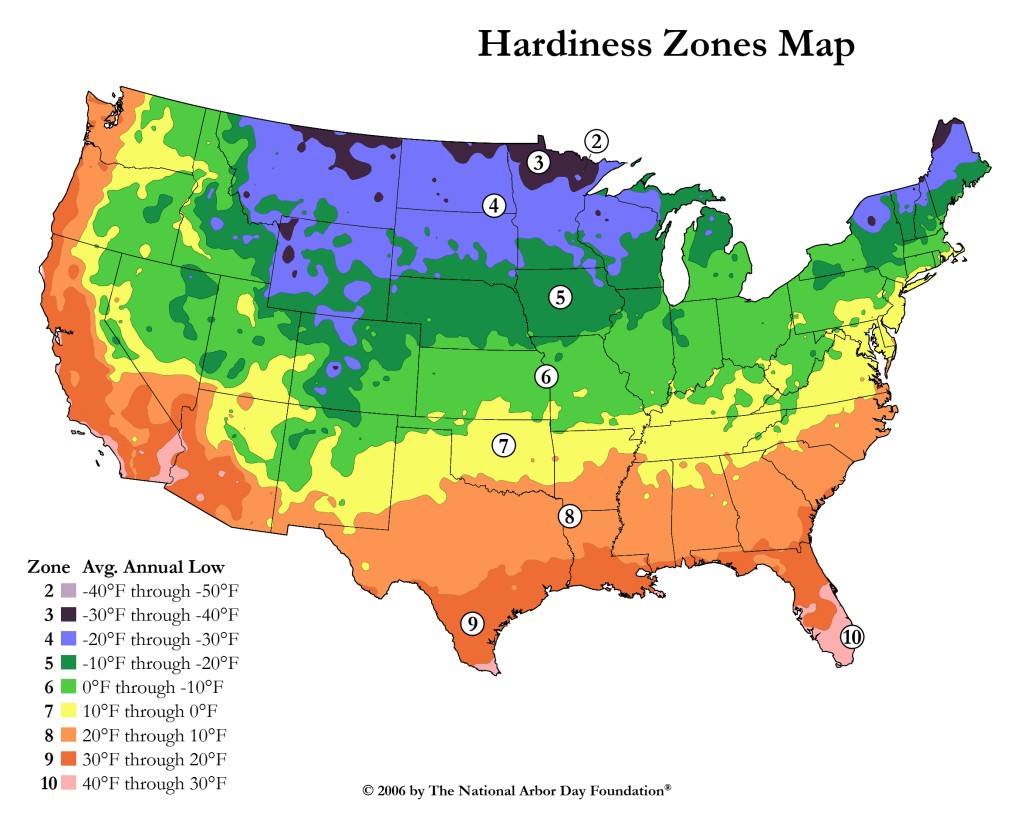Unlocking the Secrets of Southern Oregon Gardening
Dreaming of a vibrant garden bursting with color and flavor in Southern Oregon? The diverse microclimates and unique growing conditions of this region present both exciting possibilities and specific challenges for gardeners. From the mild, rainy winters of the Rogue Valley to the hotter, drier summers of the high desert, understanding your specific Southern Oregon gardening zone is crucial for success.
Southern Oregon's gardening landscape isn't monolithic. Variations in elevation, rainfall, and temperature create distinct microclimates, meaning what thrives in Ashland might struggle in Medford, and vice-versa. Knowing your specific gardening zone, determined by the average lowest winter temperature, helps you select plants that can withstand the local climate and flourish. This region predominantly falls within USDA Hardiness Zones 7-9, but focusing solely on these broad categories can be misleading. A more nuanced understanding of your specific microclimate within Southern Oregon is key to achieving a thriving garden.
Historically, Southern Oregon gardening has been shaped by the region's diverse topography and native flora. Indigenous communities cultivated food crops adapted to these specific conditions for centuries, demonstrating the potential of the land. Today, gardeners in Southern Oregon benefit from this legacy, drawing inspiration and practical knowledge from the past. However, modern challenges such as water scarcity and changing weather patterns necessitate adaptation and thoughtful planning. Understanding the historical context of gardening in Southern Oregon helps us appreciate the unique possibilities and address the current realities of cultivating a garden in this dynamic region.
Successfully navigating the Southern Oregon gardening zone requires a combination of knowledge and experimentation. Soil types can vary dramatically, from rich volcanic soils to clay-heavy earth. Understanding your soil composition is crucial for selecting appropriate plants and amending the soil to optimize growth. Water conservation is also a paramount concern, especially during the dry summer months. Implementing efficient irrigation techniques and choosing drought-tolerant plants can significantly reduce water usage and ensure a thriving garden.
One of the most significant aspects of gardening in Southern Oregon is understanding the region's unique growing season. While the mild winters allow for year-round gardening in some areas, frost dates can vary significantly depending on elevation. Careful planning and attention to local weather patterns are essential for starting seeds, transplanting seedlings, and protecting vulnerable plants from unexpected cold snaps. Mastering the timing of planting and harvesting is crucial for maximizing your garden's yield and enjoying the fruits of your labor.
One benefit of gardening in Southern Oregon is the ability to grow a wide variety of crops. From juicy tomatoes and flavorful peppers to vibrant flowers and aromatic herbs, the long growing season and diverse microclimates allow for a diverse garden. For example, the Rogue Valley is known for its exceptional pear and apple orchards, while higher elevations can support cool-season crops like lettuce and spinach even during the summer months.
Another advantage is the availability of local nurseries and garden centers that specialize in plants suited to the region. These resources offer expert advice, locally adapted varieties, and supplies tailored to the specific needs of Southern Oregon gardeners. This local expertise can be invaluable for beginners and experienced gardeners alike.
A third benefit is the strong gardening community in Southern Oregon. Numerous local garden clubs, workshops, and online forums offer opportunities to connect with other gardeners, share knowledge, and learn from each other's experiences. This vibrant community provides support and inspiration for gardeners of all levels.
Advantages and Disadvantages of Southern Oregon Gardening
| Advantages | Disadvantages |
|---|---|
| Long growing season | Summer heat and drought |
| Diverse microclimates | Varied soil types |
| Strong gardening community | Potential for pests and diseases |
Best Practices:
1. Amend your soil: Test your soil and add compost, manure, or other amendments to improve its structure and fertility.
2. Water wisely: Use efficient irrigation methods like drip irrigation or soaker hoses to conserve water and deliver it directly to plant roots.
3. Choose appropriate plants: Select varieties that are well-suited to your specific microclimate and soil type.
4. Protect plants from pests and diseases: Monitor your garden regularly for signs of pests or diseases and take appropriate action.
5. Mulch your garden: Apply a layer of mulch to suppress weeds, conserve moisture, and regulate soil temperature.
FAQ:
1. What is the best time to plant tomatoes in Southern Oregon? Answer: Typically, after the last frost, which varies by location.
In conclusion, gardening in Southern Oregon presents unique opportunities and rewards. By understanding the specific characteristics of your local gardening zone, embracing the region's rich gardening history, and implementing best practices, you can create a thriving garden that flourishes in this diverse and dynamic environment. Take advantage of the local resources, connect with the vibrant gardening community, and enjoy the bounty of your Southern Oregon garden. Start planning your dream garden today and experience the joy of growing your own food and flowers in this beautiful corner of the world.
Ac vacuum pumps the unsung hero of cool comfort
Trailer lug nut sizes decoding the mystery
Unlocking vitality exploring the benefits of liu wei di huang wan














